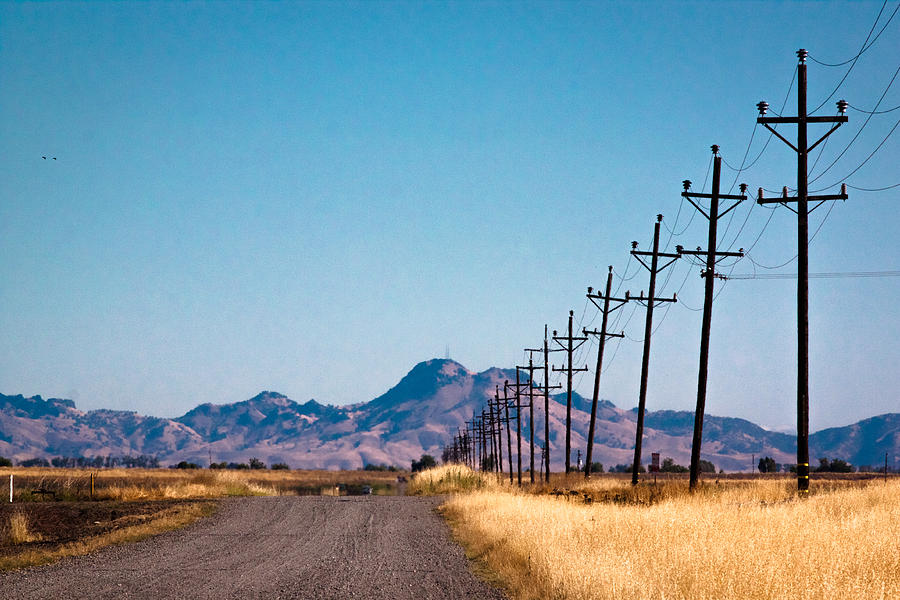The Color of Food
Take a moment and observe the food you eat. An orange? Probably spray paint. "Whole wheat" bread? Molasses to make it look that healthy. Cherry-flavored jello? No one would eat it if it weren't red. We have certain unspoken expectations of the color of food, to the extent that if something isn't naturally the "right" color, it must be altered to fit the mold. Why do we assume these colors to be "right" though? Are we discriminating by color? If we suddenly change the color, add food coloring to our pancakes, don't use any color for the Christmas cookies, people suddenly become distrustful of the food. How can we hope to be capable of not judging others by what they look like if we can't even do that with our food?
Curbs
Step up, step down, don't trip. America is filled with them, curbs. Who came up with the concept? Why? And how did they come to exist all over the world? They are so normal that we don't even really notice them unless we're parallel parking, and even then we don't take a minute to wonder. Why do they only line certain roads? Why do they have that rounded shape? How do we know that they secretly aren't being used for a confidential government purpose?
The Frisbee
Frisbees. Who came up with that? A plate, flying through the air. Did it stem from a food fight? It is strange how we may see it as normal to throw a plate like a disc, but not to throw our cups like balls, our forks like darts, or our napkins like paper airplanes. Yet somehow, it happened. Manufacturers took on the challenge and started producing the plates that aren't plates, resulting in nation (and maybe even world) wide knowledge and skill regarding the game of frisbee. How can we reprimand children for throwing food while teaching them to throw an item resembling a dinner plate?

